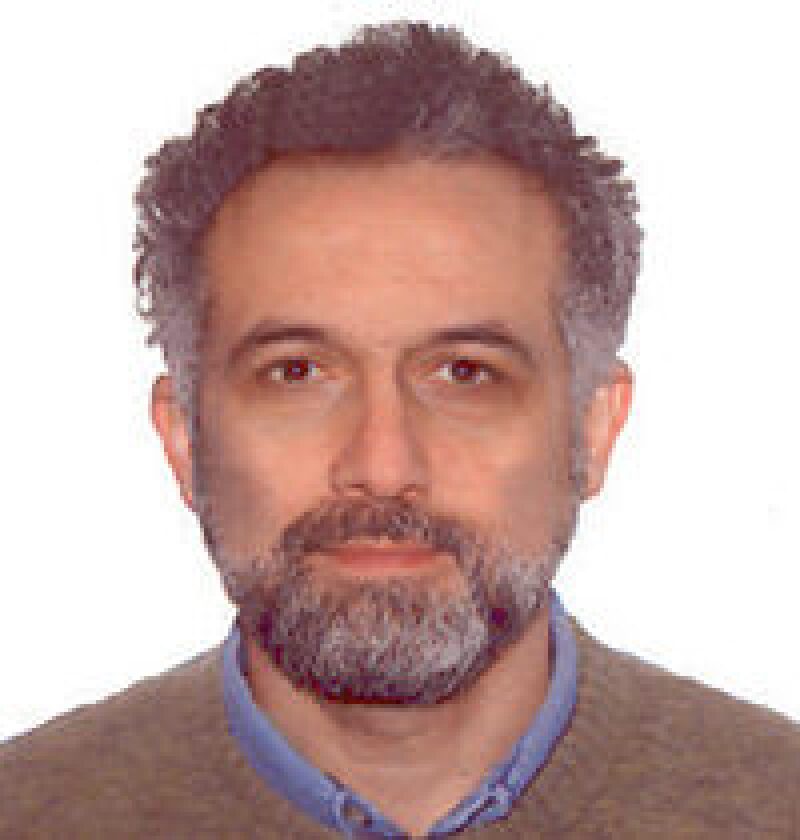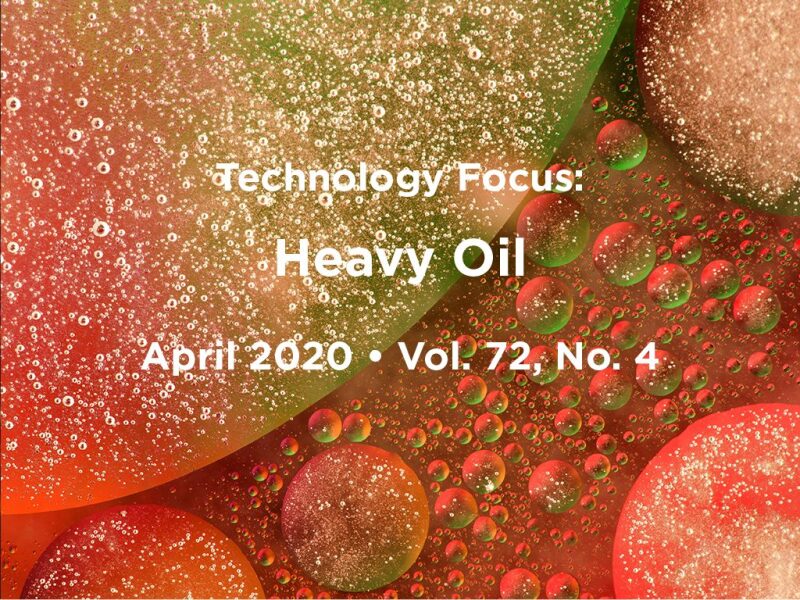Reviewing a myriad of papers presented at different conferences during the past year and attending some of those to hear the oral presentation versions, I can group the current trends in heavy-oil operations and research into two major categories: Process optimization and use of chemicals as additives to steam and water. Here are some highlights from those categories.
Several papers focused on purely computational methods—including multi-objective optimization and proxy models—to optimize the steam-assisted gravity drainage (SAGD) method with specific attention on preferential steam allocation. Real-life examples of these applications consist of inflow- and outflow-control devices and steam splitters developed for diverting the steam to preferential zones, thus minimizing the use of steam. As an indirect method to provide supplemental data for the optimized solutions, seismic data were also used. Applications of seismic waves include the depiction of steam-chamber development and monitoring wellbore integrity. Considering that many SAGD operations are reaching maturity, these applications will help maintain the steam/oil ratios at low levels, therefore extending the life of the processes.
In another group of studies, chemical additives were tested at the laboratory scale to improve cold (microemulsion formulations) and thermal (to reduce steam/oil ratio) heavy-oil recovery. Examples of newly trialed chemicals include ionic liquids, foam additives, anionic and hydrophobic surfactants, switchable-hydrophilicity tertiary amines, nanofluids (dispersed SiO2 and ZrO2), ethers, alcohols, and chelating agents as steam additives and microemulsion formulations using SiO2, anionic and nonionic surfactants as well as deep eutectic solvents for cold production.
Although most of the listed optimization studies (specific examples reported include the Mackay River, Firebag, and Surmont fields) and chemical tests were done for SAGD conditions (especially at the mature level), these new technologies and applications will be a guidance to the other types of steam operations (cyclic steam injection and steamflooding) using horizontal injectors and producers.
In addition to the discussed studies and practices, a plethora of field-scale activities from the Middle East, far east Asia, and the Americas have been reported on consistently. Most of those are early-stage practices or pilots, but a few are related to mature heavy-oil recovery operations. Examples include Kuwait (data collection and development plans for new heavy-oil potentials), Oman (steam management surveillance in the Mukhaizna field), Brazil (development options for the offshore Atalanta field), Venezuela (ongoing operations in the Orinoco belt), Alaska (field-scale polymer-flooding test), China (practices in the Liaohe and Bohai Bay fields), Canada (cold production using methane/propane mixture and electrical heating pilots in Alberta), Colombia (applications of autonomous inflow-control devices in the Rubiales field), and Indonesia (identification of rod-pump failures in the Duri field).
This Month's Technical Papers
Polymer-Flood Field Pilot Enhances Recovery of Heavy Oils on Alaska’s North Slope
Analysis of Athabasca Oil Sands Investigates SAGD Performance Variability
Distributed Fiber-Optic Sensors Characterize Flow-Control-Device Performance
Recommended Additional Reading
SPE 196072 Laboratory and Field Testing of a Steam-Limiting Flow-Control Device Developed for Thermal Applications by Marty Lastiwka, Suncor Energy, et al.
SPE 197321 Surveillance Approach of Steam Management in a Heavy-Oil Reservoir, Oman by Hajer Al Mahruqi, Occidental Petroleum
SPE 198697 Effective Reservoir Management With Flow-Control Devices for SAGD Producer Wells in the Mackay River by Giuseppe Rosi, RGL Reservoir Management, et al.

| Tayfun Babadagli, SPE, is a professor in the Civil and Environmental Engineering Department, School of Mining and Petroleum Engineering, at the University of Alberta, where he holds an NSERC-Industrial Research Chair in Unconventional Oil Recovery. He previously served on the faculty at Istanbul Technical University, Turkey, and Sultan Qaboos University, Oman. Babadagli’s areas of interest include modeling fluid and heat flow in heterogeneous and fractured reservoirs, reservoir characterization through stochastic and fractal methods, optimization of oil/heavy-oil recovery by conventional/unconventional enhanced-oil-recovery methods, and CO2 sequestration. He holds BS and MS degrees from Istanbul Technical University and MS and PhD degrees from the University of Southern California, all in petroleum engineering. Babadagli was an executive editor for SPE Reservoir Evaluation and Engineering (Formation Evaluation) from 2010 to 2013 and an associate editor of the American Society of Mechanical Engineers’ Journal of Energy Resources Technology from 2011 to 2014. He is a member of the JPT Editorial Committee. Babadagli received SPE’s A Peer Apart Award in 2013, was named an SPE Distinguished Member in 2013, and was an SPE Distinguished Lecturer in 2013–2014. He is also the recipient of the 2017 SPE International Reservoir Description and Dynamics Award. |


